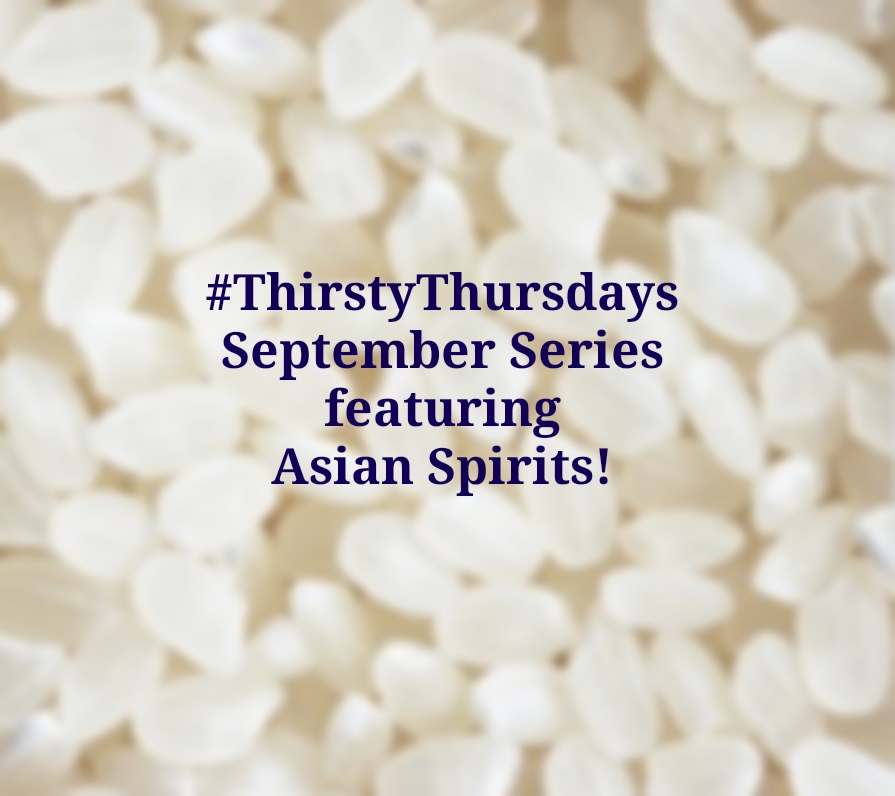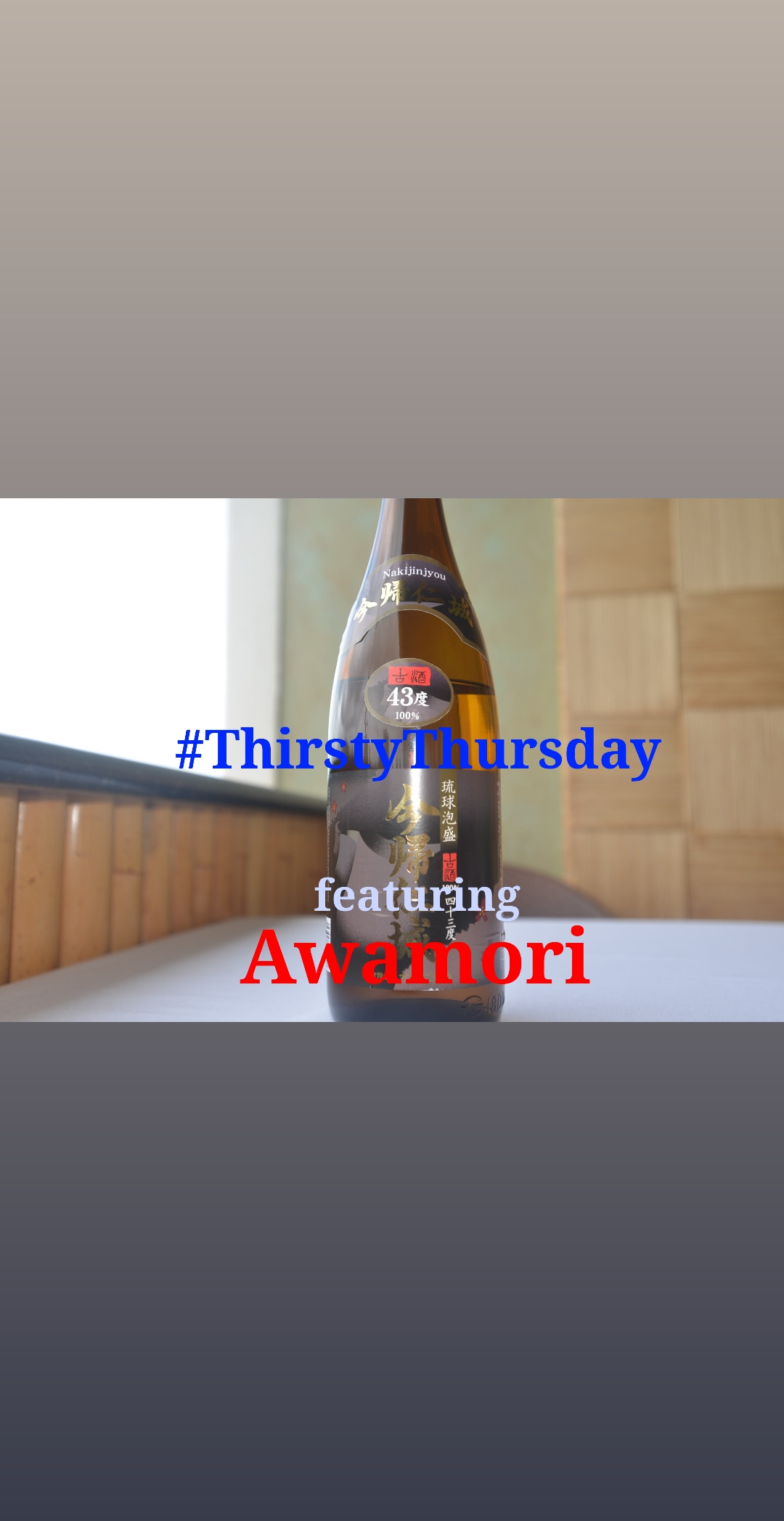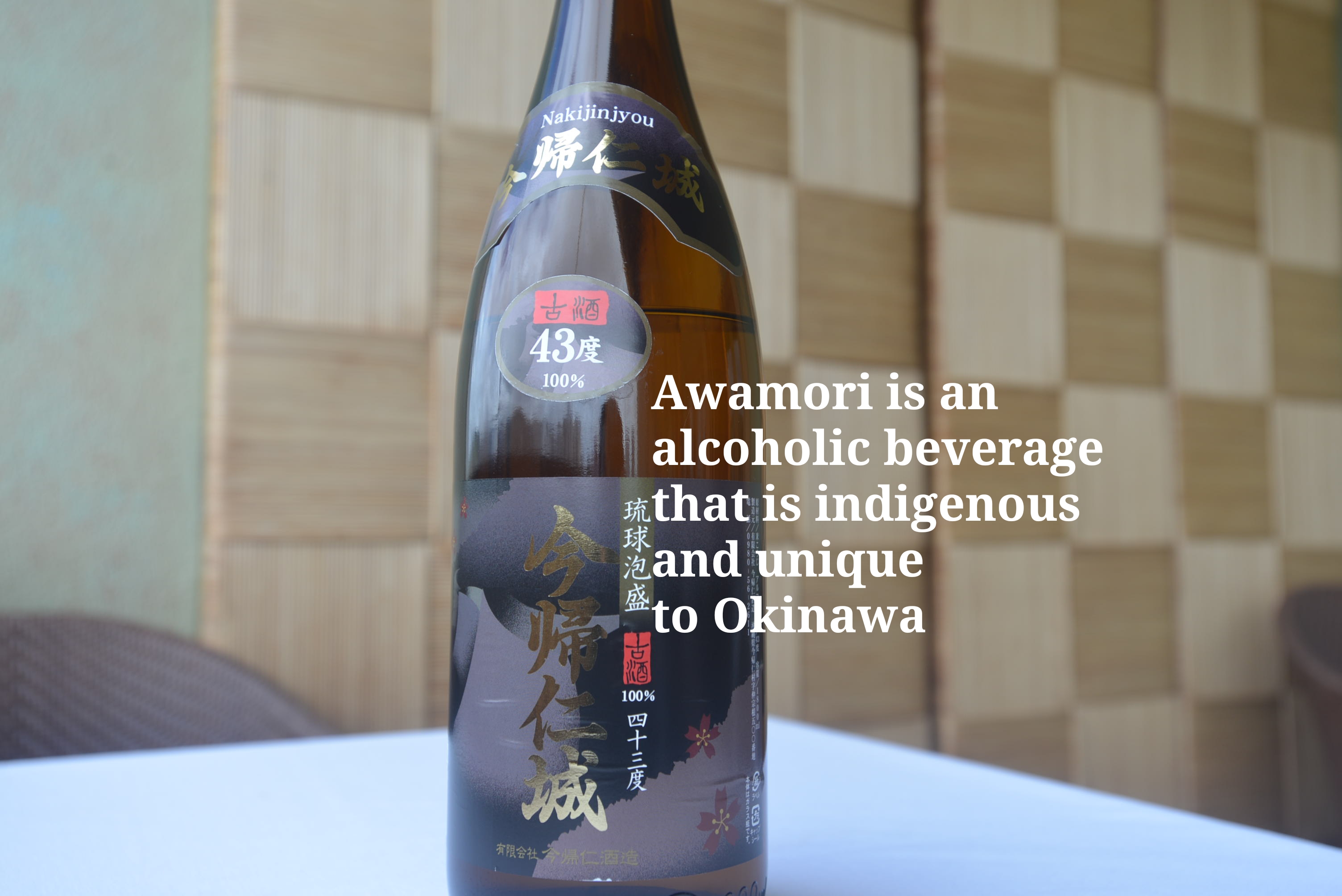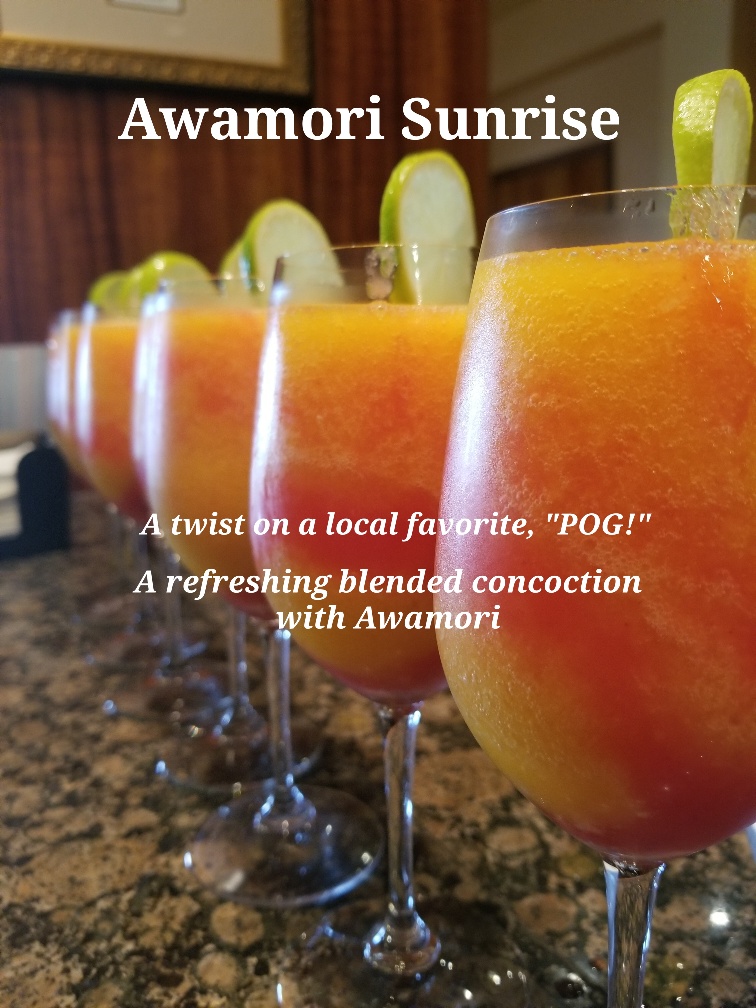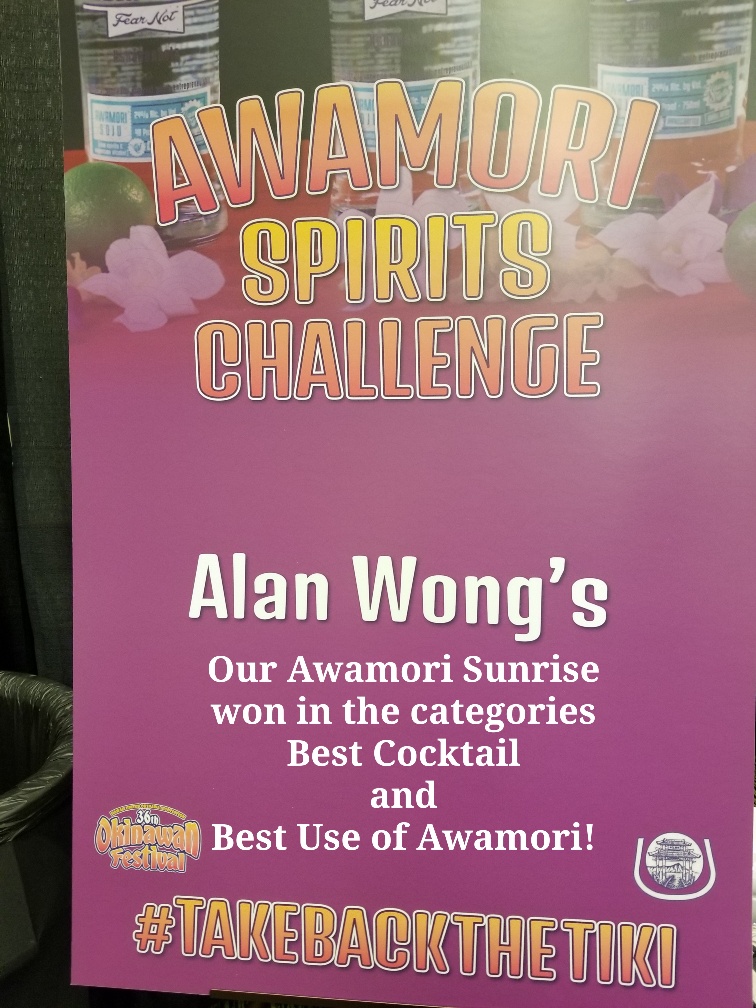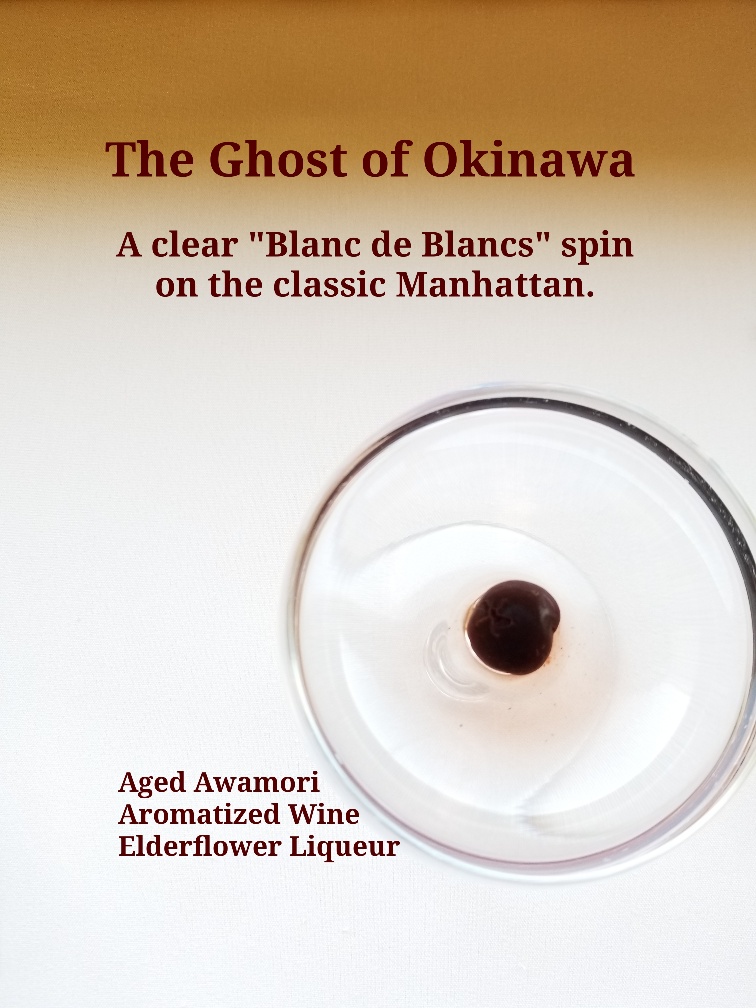What is Awamori?
Awamori is an alcoholic beverage that is indigenous and unique to Okinawa, Japan. It is made from long grain indica rice, and is not a direct product of brewing (like sake) but of distillation (like shōchū). All awamori made today is from indica rice imported from Thailand. Awamori is typically 60–86 proof (30–43% alcohol), although "export" brands (including brands shipped to mainland Japan) are increasingly 50 proof (25% alcohol. Awamori is aged in traditional clay pots to improve its flavor and to mellow the alcohol.
The most popular way to drink awamori is with water and ice. When served in a restaurant in Okinawa, it will nearly always be accompanied by a container of ice and carafe of water. Awamori can also be drunk straight, on the rocks, and in cocktails. Traditionally, awamori was served in a kara-kara, a small earthen vessel with a small clay marble inside. The marble would make a distinctive "kara-kara" sound to let people know the vessel was empty. These vessels are still found in Okinawa to this day. In Okinawa, another name for awamori is "island sake" (shima-zake), or shima for short.
The islands of Okinawa (the Ryukyus) were divided into three kingdoms until the 14th century. Nakijin Castle belonged to one of the three kings. The castle ruins were designated as a World Heritage Site by UNESCO in December, 2000. The Nakijin distillery is at the foot of the castle ruins.
Located at a scenic site in the northern part of the main island of Okinawa, the distillery is engaged in the production of distilled liquor by fermenting pure rice without any additives. This process is followed by one of three processes for maturing the liquor: in earthenware pots-the traditional technique; in stainless steel tanks; or in oak barrels.
The awamori is made from the natural water that trickles from the rocks at the foot of Mt. Otowa, and Nakijin awamori is known for its simple, yet rich and well-balanced taste. We feature the Nakijin 43 at Alan Wong’s Honolulu.
-- Kerry Ichimasa, Asst. Wine Director

